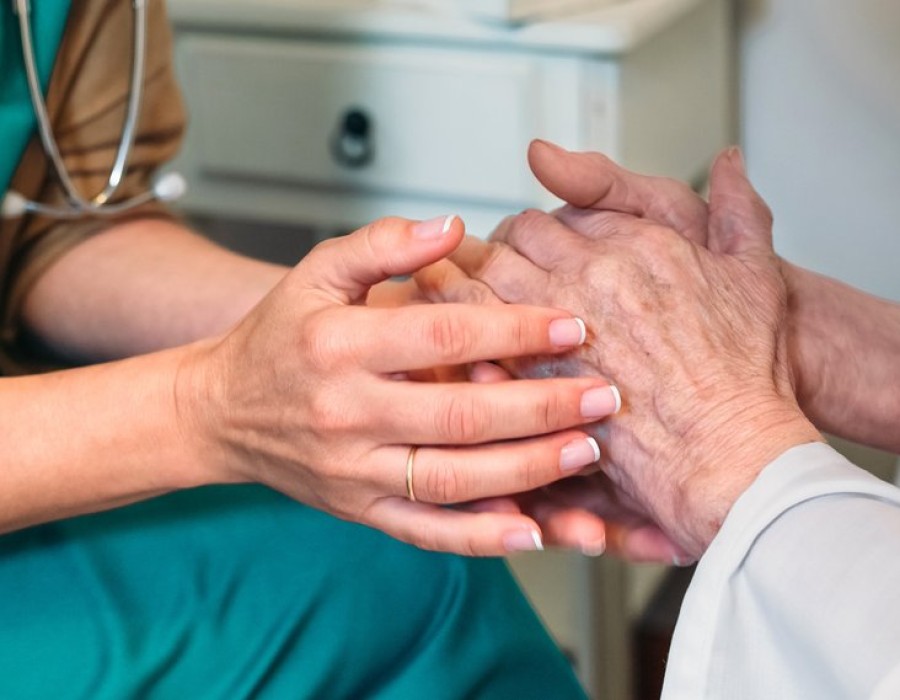The human body constantly communicates signals about its internal state, and when those signals suggest something abnormal, a biopsy can provide the clearest answers. A biopsy is a medical procedure where a small sample of tissue is taken from the body for closer examination. This sample helps determine whether disease, such as cancer, inflammation, or infection, is present. Whether dealing with a suspicious lump or an unusual mole, a biopsy for diagnosis purposes in Dubai plays a critical role in pinpointing the exact nature of a condition and guiding the next steps in medical care.
What is a Biopsy?
A biopsy is a technique used by medical professionals to remove a small portion of tissue or cells from the body. This sample is then studied under a microscope or subjected to laboratory tests to detect abnormal or diseased cells. It is often recommended when imaging tests, physical exams, or lab results suggest that something may not be functioning properly in the body.
Biopsies are commonly used to diagnose conditions like:
- Cancer
- Inflammatory diseases
- Infections
- Autoimmune disorders
- Skin abnormalities
Why Biopsies Are So Valuable in Diagnosing Diseases?
When doctors suspect a disease but can't confirm it through non-invasive tests, a biopsy offers clarity. Unlike blood tests or scans, a biopsy provides direct insight into the cells and tissues that are causing concern. It can confirm whether a tumor is benign or malignant, identify the stage of a disease, and even help detect genetic mutations within the tissue sample.
Types of Biopsies and Their Diagnostic Role
Biopsies come in many forms depending on the part of the body being examined, the suspected disease, and how deep the tissue is located.
Needle Biopsy
A needle biopsy involves inserting a thin needle through the skin to collect tissue. It’s commonly used for breast lumps, liver tissue, or thyroid nodules.
- Fine Needle Aspiration (FNA): A very thin needle is used to withdraw cells or fluid.
- Core Needle Biopsy: A slightly larger needle extracts a core of tissue for more detailed analysis.
Incisional and Excisional Biopsy
- Incisional Biopsy: Only a small portion of the abnormal tissue is removed.
- Excisional Biopsy: The entire lump or suspicious area is taken out for study. This is useful for diagnosing skin lesions or breast lumps.
Punch Biopsy
Often used in dermatology, a punch biopsy uses a circular tool to remove a small core of skin tissue, often for identifying skin conditions or skin cancers.
Endoscopic Biopsy
Performed using an endoscope—a thin, flexible tube with a camera—this biopsy allows doctors to access tissues inside the body, such as in the stomach, colon, or lungs, and take small samples.
Bone Marrow Biopsy
This procedure is used to diagnose blood disorders and cancers like leukemia. A needle is inserted into the hip bone to collect marrow for testing.
What Happens During a Biopsy Procedure?
Though procedures vary based on type, most biopsies follow a structured process:
Consultation and Examination
Before the biopsy, a physical exam or imaging test (such as MRI or ultrasound) is usually done to determine the best site for sampling. The physician will review your medical history and explain the reason for the biopsy.
Preparation
The area may be cleaned and sterilized. For some biopsies, local anesthesia is administered to numb the site, while others might require general anesthesia depending on the invasiveness of the procedure.
Tissue Sampling
Using a needle, scalpel, punch tool, or endoscope, the doctor removes the necessary tissue. The sample is then preserved and sent to a pathology lab for detailed analysis.
Post-Procedure Care
Patients are monitored for any immediate reactions. Instructions for caring for the biopsy site are provided to reduce the risk of infection or complications.
Conclusion
A biopsy is a powerful tool in modern medicine that offers clarity where uncertainty exists. From uncovering the hidden signs of cancer to identifying mysterious inflammatory conditions, it bridges the gap between symptoms and diagnosis. By extracting just a small sample of tissue, healthcare providers gain a wealth of information that guides life-saving decisions and precise treatments.






Comments